Somewhere in Japan, there is a snow covered valley during the heart of winter, where wild snow monkeys come to bathe in the naturally occurring hot springs. You can pay these monkeys a visit on your next winter excursion to Japan and see this for yourself! Here’s a guide on visiting snow monkeys in Japan.
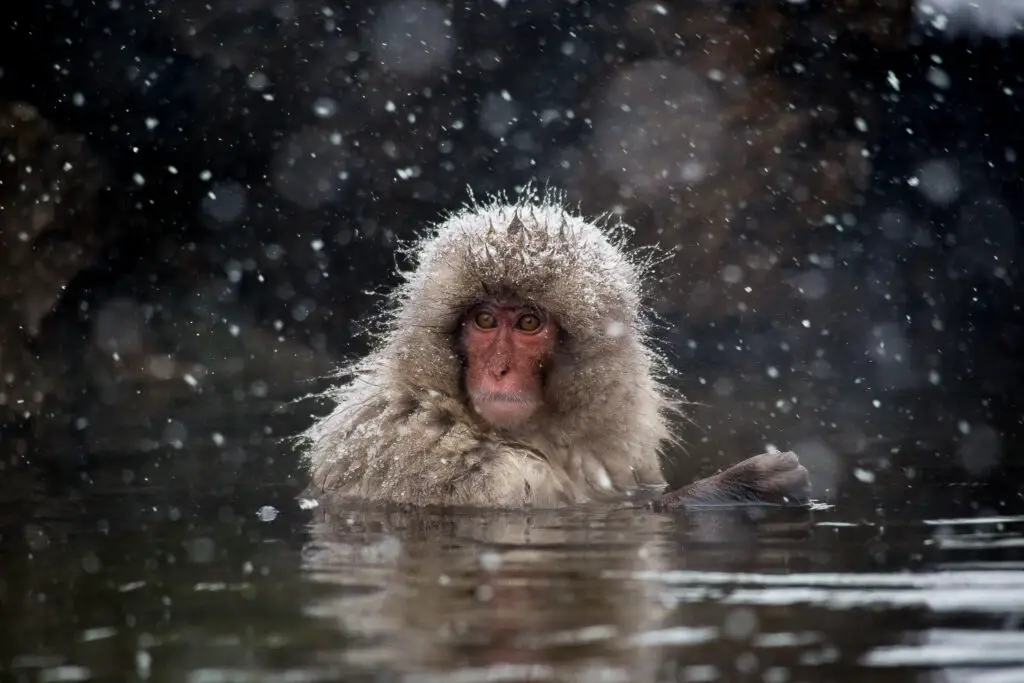
Where Are They
The snow monkeys can be found in the Jigokudani Valley of the Yamanouchi Prefecture of Japan. Jugokudani means “Hell’s Valley”, which is likely a reference to the naturally occuring heat from volcanic activity present in the area.
The valley is home to naturally formed hot springs, which you can visit year round. However, in the coldness of Japanese winter, the snow monkeys in the region will bathe in the hot springs to keep warm. This makes winter the ideal time to visit.
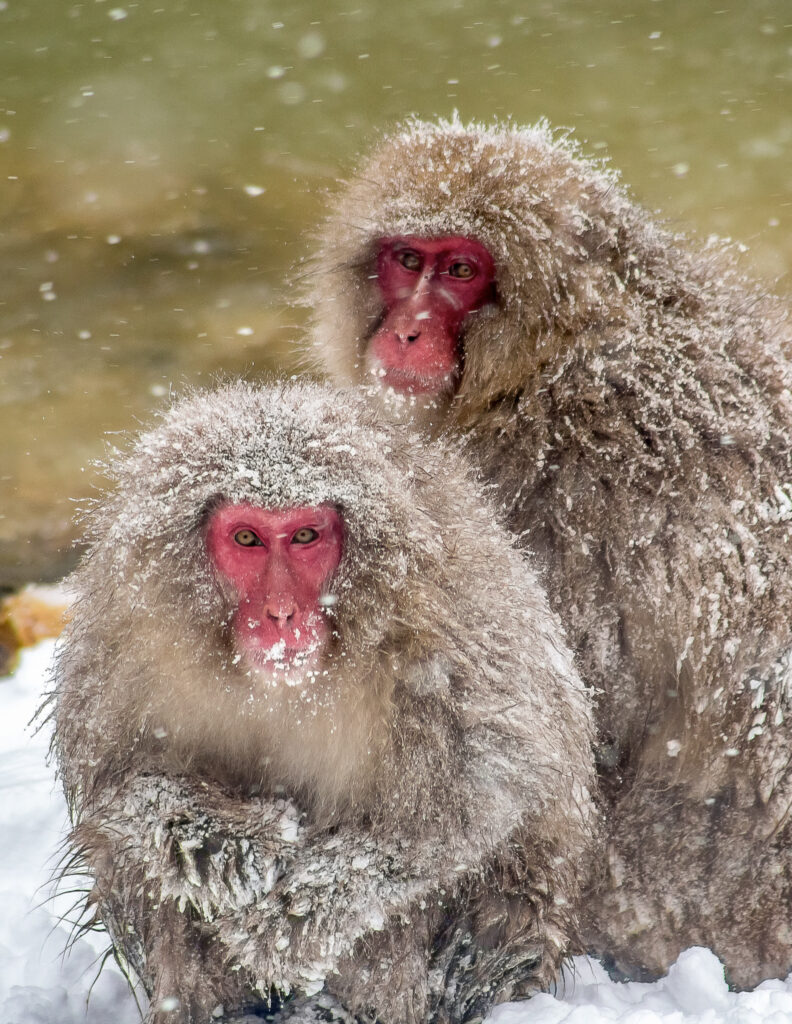
When to Go
You can visit the valley anytime of year, and it is open even in warmer months. However, it is only in winter that the snow monkeys choose to bathe in the hot springs.
Unfortunately, due to the growing popularity of seeing the bathing snow monkeys, I have heard that park rangers have been known to bait the monkeys in warmers months, to coax them into taking a bath.
I’ve heard rumors that they throw food into the hot springs to achieve this, among other questionable tactics.
If you want the authentic and ethical way to see the snow monkeys in the bathes, opt to come in winter. I don’t actually think visiting the snow monkeys in Japan any other time of year could be better for this experience.
It will be crowded in winter, but the monkeys are behind a protected area, so your presence won’t disturb their bath too much.
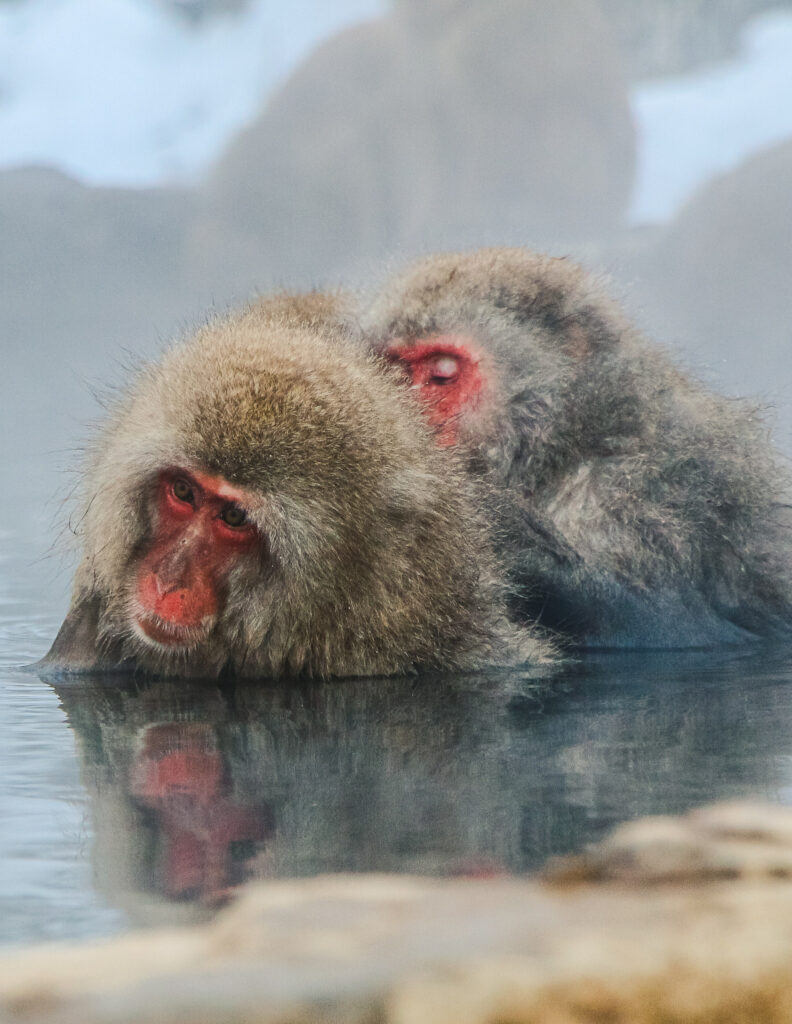
How to Get There
By Car
If you will travel by car, you can travel directly to the entrance to Jigokudani. There are paid parking spots, the one closest to the ticket office is located here.
By Public Transport
You can totally visit the valley without a car. Japan is very well connected in terms of public transportation, and it’s fairly simple to get there from any major city in Japan.
From Tokyo
From Tokyo Station, take the Shinkansen to Nagano Station. Then take a regional train to Yudanaka Station. From there you can reach the park entrance by taxi or local bus. The whole trip will take about 3 hours.
From Osaka
From Shin-Osaka Station, take the Shinkansen to Nagoya Station. Then take a regional train to Nagano Station. From there, you’ll switch again to the Nagano-Dentetsu Line (also called the snow monkey toll limited express) to Yudanaka Station. From Yudanaka Station it’s a 10 minute taxi ride, or short local bus trip to reach the entrance. The whole trip will take you about 6 hours.
What to Bring
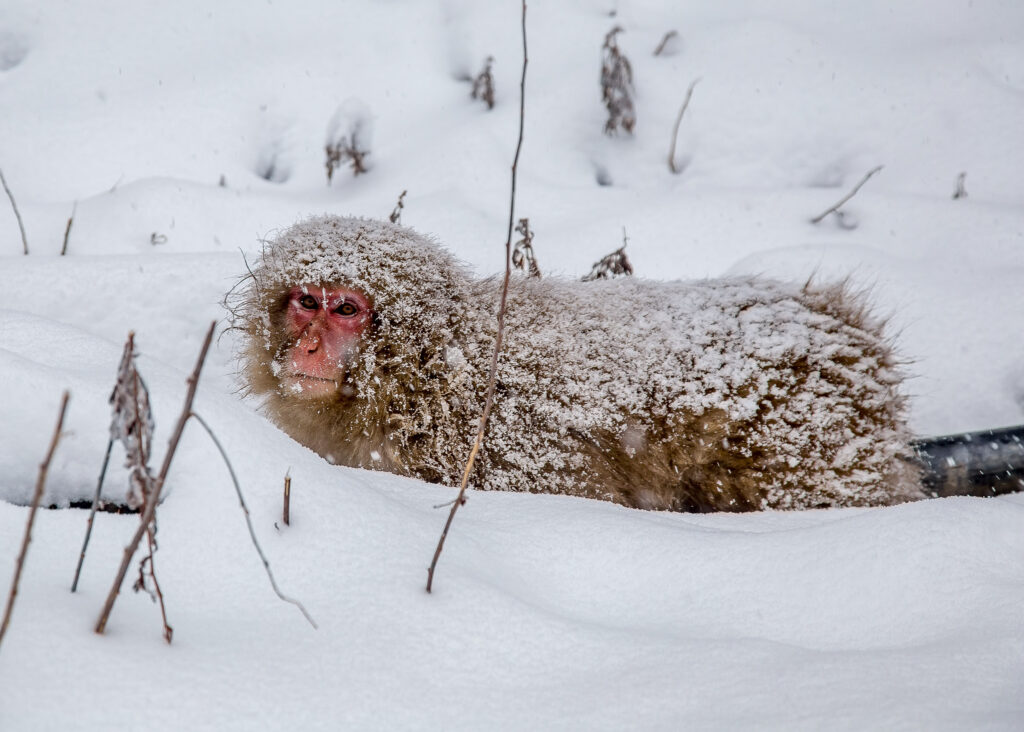
If you are visiting the snow monkeys in Japan in winter, you should expect thick snow and temperatures below 0 degrees celsius. To get to the hot springs where the monkeys bathe, you’ll have to do a bit of a walk.
The walk is mostly flat, but with some inclined areas, and the path will be completely covered in snow in winter.
To ensure your comfort and warmth in the snow you should bring:
A winter jacket: The temperature here in winter can go below -20 degrees celsius. Bring a very warm winter coat.
Waterproof hiking shoes: In winter, you will be walking through snow for 30 – 40 minutes in and out of the park. Bring proper shoes.
Good camera lens: You will get close enough to the snow monkeys, but there is a barrier keeping visitors some distance away. This barrier is for good measure and to protect the monkeys, but to get an amazing shot of them, you’ll need a good lens that can zoom in and capture them precisely.
Arriving at Yudanaka
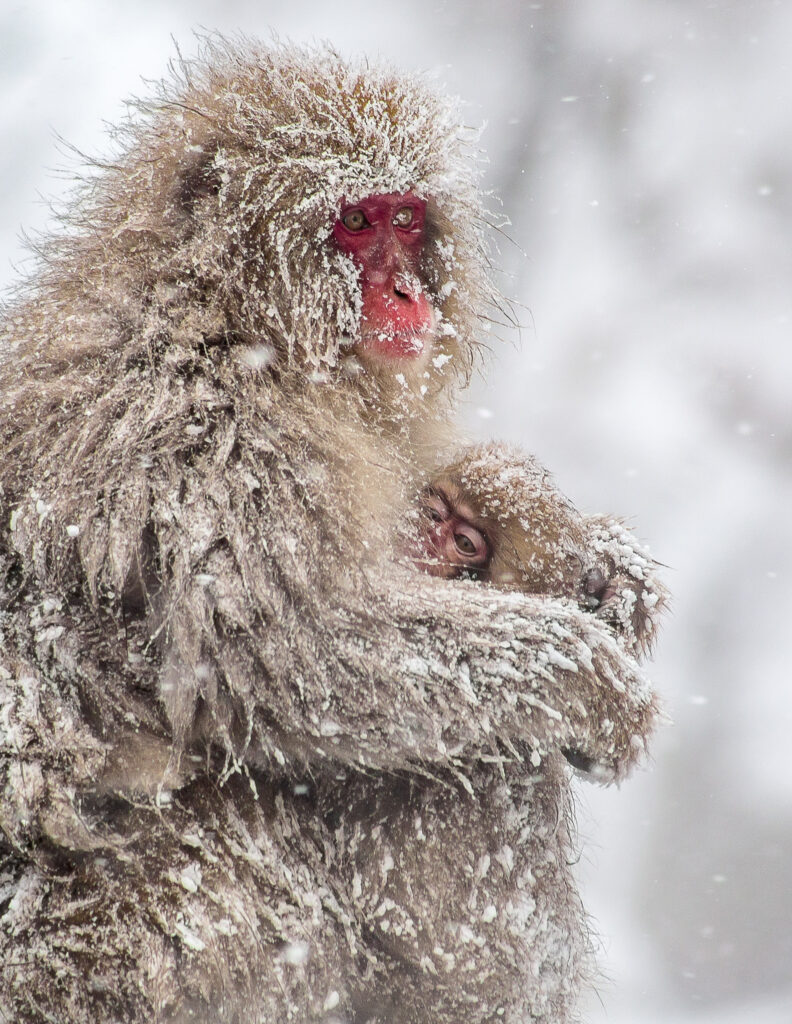
Yudanaka is an onsen town. While it has everything you’d come to expect from any traditional onsen town, it is specifically catering to tourists.
This means that you can access a lot of the onsens in this town, without being subject to the strict rules most Japanese onsens enforce.
For those of us with tattoos, this town is the ideal place to enjoy an onsen bath, without covering up your tattoos. Yudanaka is one of few towns where all the onsens permit people with body ink to enjoy the bathes with no need to cover up.
While visiting the snow monkeys in Japan can be done as a day trip, it could be ideal to plan for an overnight stay to fully enjoy the area.
After you hike in the snow to visit the monkeys, you’ll likely come back here and want to soak in a a hot bath, and spend the rest of your day in leisure.
From Yudanaka, you will take a local bus to Kanbayashi Onsen, where the entrance to the park is located.It takes about 10 minutes, and the buses only come once or twice an hour, so check the timetables in advanced.
See Also: Shirakawago Japan in Winter – a Winter Wonderland
Getting to Jigokudani
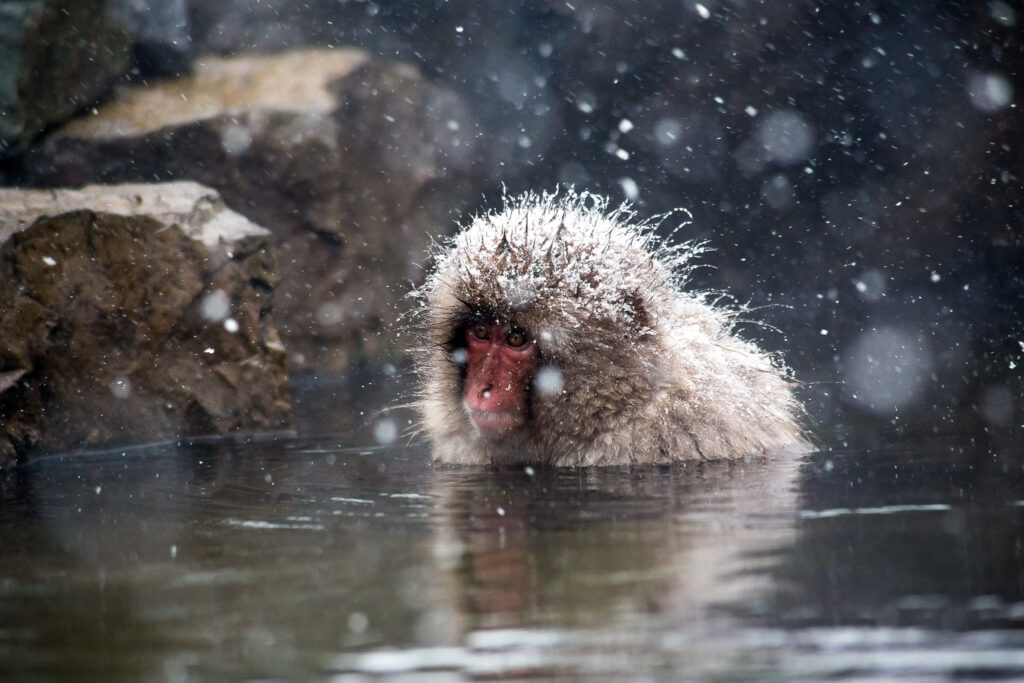
Jigokudani, is now a controlled area known as Jigokudani Monkey Park. It’s open in winter from 8:00AM to 4:00PM.
From the entrance, it’s about a 30 minute walk to reach the hot springs where the monkeys hang out. This walk is fairly easy, and I did it in platform boots. However, it’s obviously better to bring hiking boots or at the very least, waterproof shoes.
The path is covered in snow in winter, but it’s well maintained and manageable. I saw people of all ages walking it, and they all seemed fine.
Entrance fee: 800 yen
Seeing the Snow Monkeys
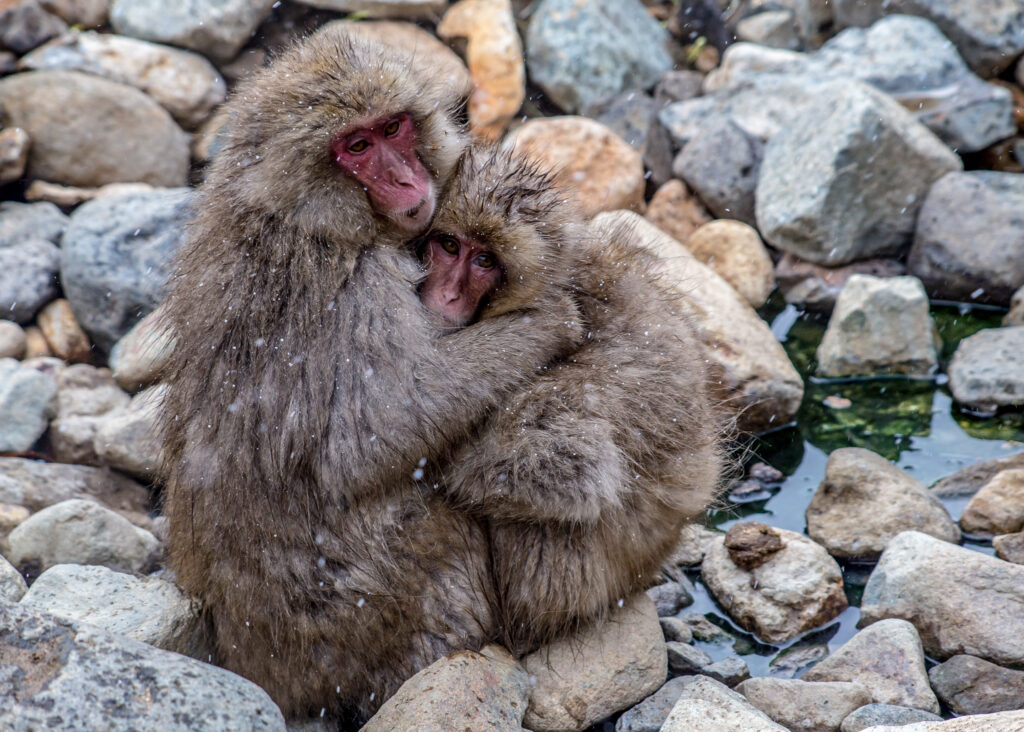
The snow monkeys are of the Japanese macaques, an indigenous species only found in Japan. While you can find monkeys all throughout Japan, the snow monkeys are unique in their ability to live in areas that receive snowfall several months per year.
They are very cute, with very thick brown fur that catches the snow, and frames their red little faces. Unlike other monkeys, their tails are quite short.
While here you’ll get to observe them soaking in the hot springs, fully enjoying them the way us humans would. You’ll also find monkeys cuddling and grooming each other in the snow. They are truly beautiful animals.
Facts About the Snow Monkeys
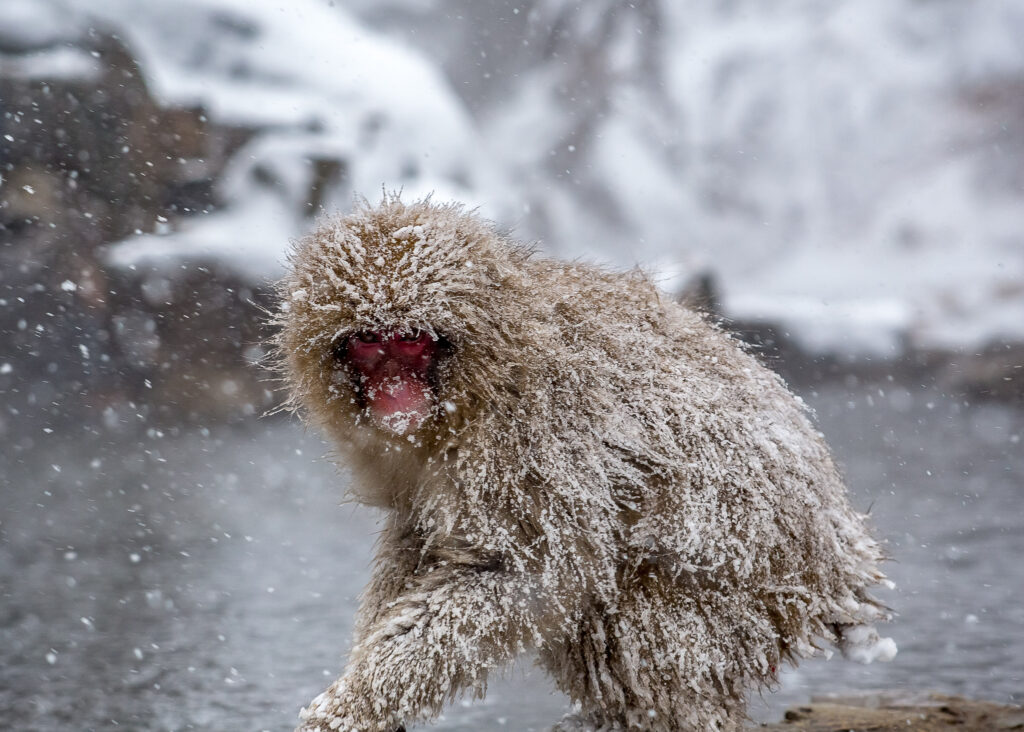
- They can survive in temperature as low as -4 degrees Fahrenheit (-20 degrees celsius)
- They are the only non-human primate species that can live in temperatures this low, with no other type of monkey in the world inhabiting places as cold or for as long as they do.
- Besides bathing in hot springs bathes, the Japanese macaque can also swim! They have been reported to have swam lengths over half a kilometer.
- When they aren’t bathing in the onsen water, they spend their life on both land and in the trees, with the females preferring to spend more time in trees, and males spending more time on land.
- They live in groups called troops, with the females in the troop likely staying within their troop for life, while the males will move out before they are sexually mature.
- The adult males weigh about 14 kg while the females weigh less than 6 kg.
- They can live to be over 30 years old, however in the wild they live on average up to 6 years. This could be due to their extreme living conditions (this part I’m unsure about).
- They are one of the only animals known to wash their food before eating it. The snow monkeys have been observed in other parts of Japan washing sweet potatoes in rivers before consuming.
- They eat a varied diet of roots, insects, fungi and sometimes even fish. When visiting them in Jugokudani Valley, you will likely see them foraging under the snow for food.
- They display a lot of behavior considered to be mostly observed in humans. There are even reports from observers seeing the snow monkeys rolls snow into snowballs, as a means of play!
Where to Stay
Visiting the snow monkeys is totally doable as a daytrip, and you could be there and back to Tokyo within the day. However, if you want to relax in the onsens in Yudanaka, or plan to explore more of Yamanouchi Prefecture and the surroundings (which I totally recommend) you could opt to spend the night here. Some options for a night in Yudanaka are:
Jigokudani Ryokan Korakukan: If you just can’t get enough of those monkeys, you can book this ryokan located within Jigokudani itself. It’s a historic ryokan, built in traditional Japanese style. The accommodation itself is rather simple, but the highlight here is the chance to share a hot spring bath with the snow monkeys! They aren’t shy, and are known to bath alongside other guests. I didn’t stay here myself but I did pass it on my way and yep, I saw some monkeys bathing with a Japanese family in the outdoor bath.
Tawarya Ryokan: Get the full Japanese onsen experience at this traditional ryokan. Offering both indoor and outdoor onsen bathes to relax in, this is the best option for those looking to maximize their onsen experience. A full traditional Japanese dinner and breakfast are included with rooms starting at $173 USD a night.
Guesthouse Konami-Kaido: This is the most budget friendly option in Yudanaka, which offers both shared and private rooms. This is the best choice for solo travelers who have no one to split costs for a private room with, with a dorm bed starting at $44 USD a night.
Other Things to Do in the Area
After visiting the snow monkeys in Japan, you can explore more of the winter wonders of Japan in this region. The ones in close proximity to Jigokudani, that I recommend are:
Igloo Village in Iiyama
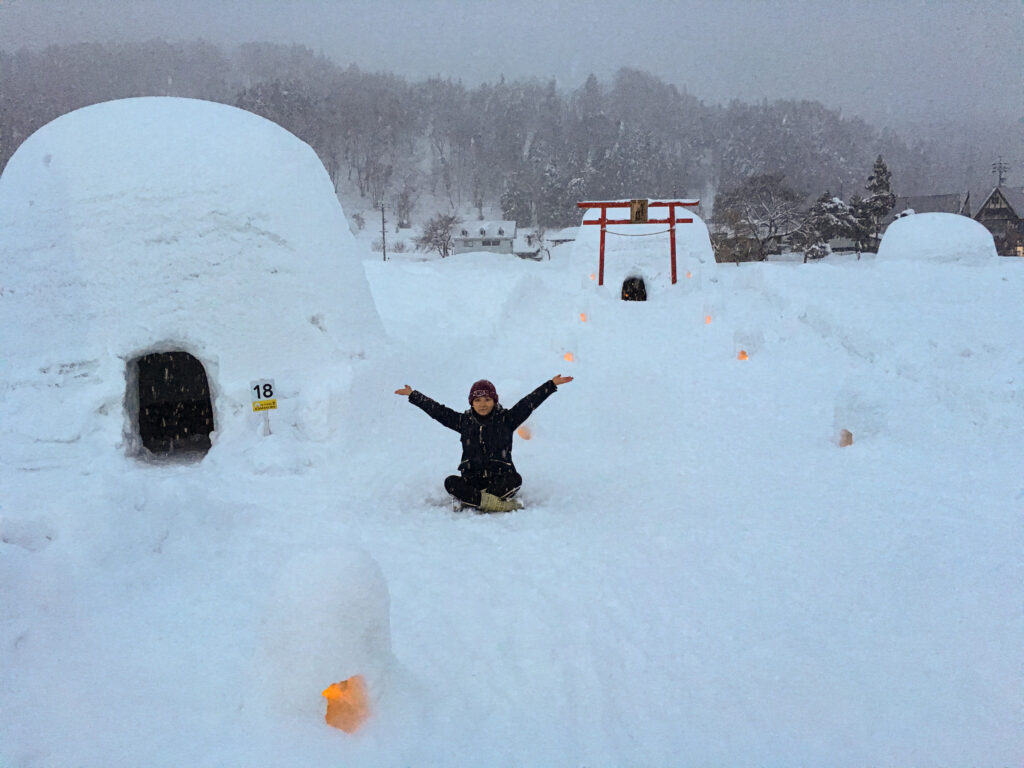
I’m sure that igloos aren’t what come to mind when most think of Japan. There are just a few igloo villages that pop up across the country in winter and the Kamakura Igloo Village is one of them. You can visit the igloo village in January and February, to enjoy some traditional nabe, which is Japanese hotpot, a popular wintertime dish.
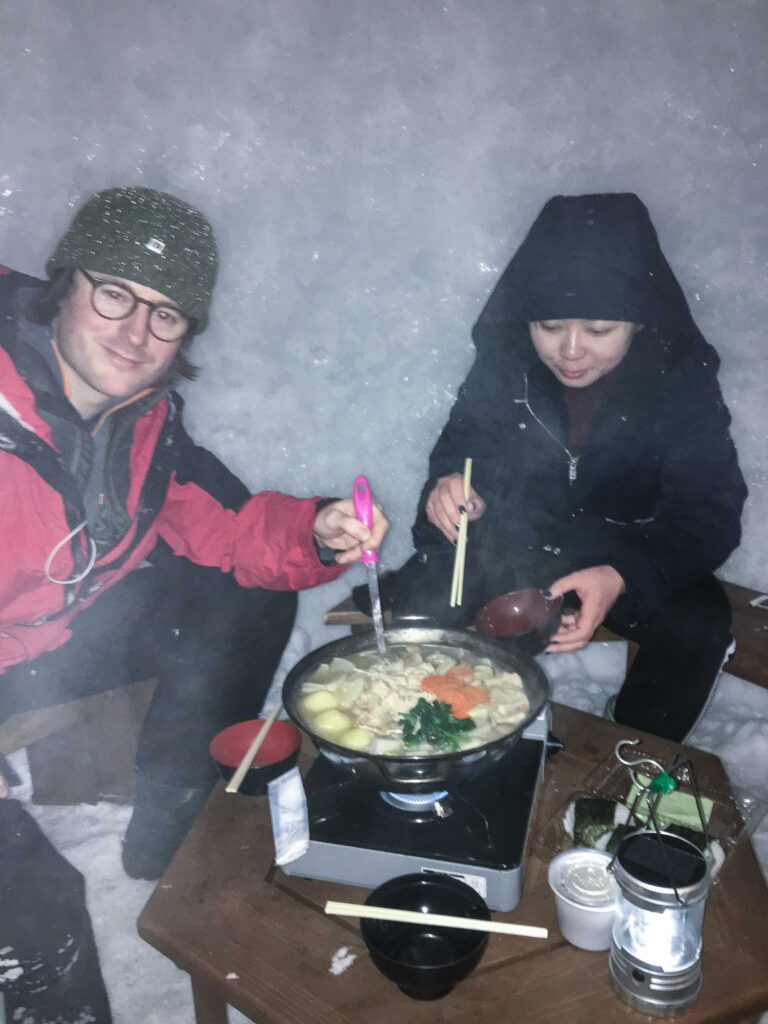
You have to reserve it in advanced, and it does fill up quickly so book as early as possible. Reserve an igloo here.
Nozawa Onsen
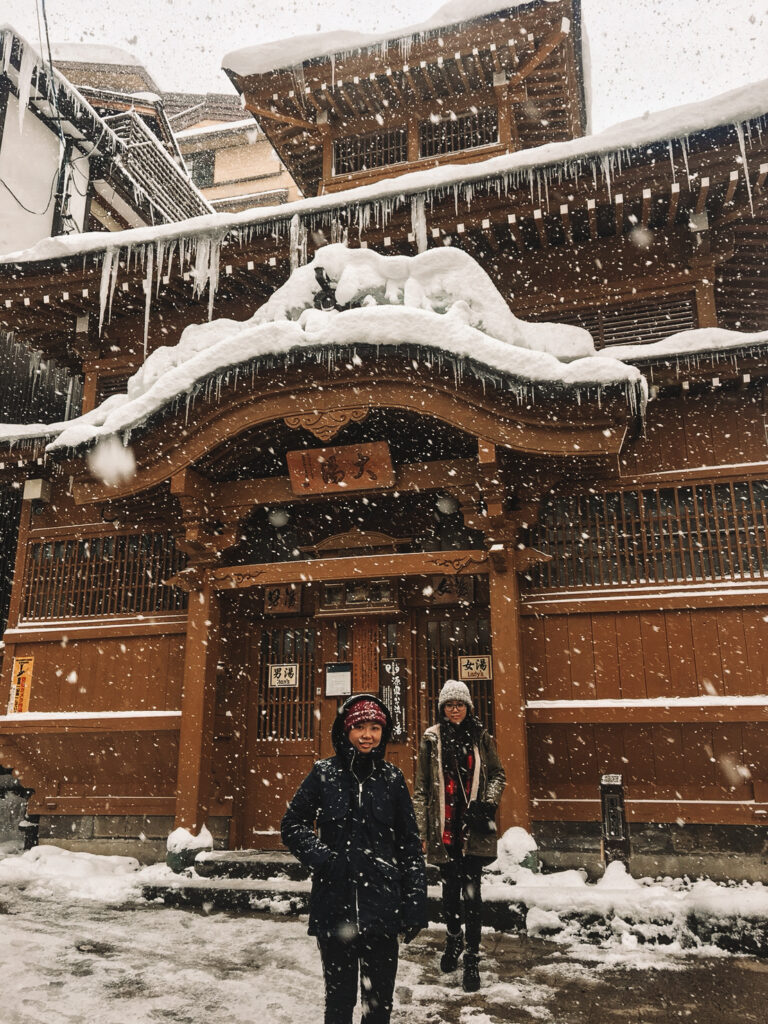
Nozawa Onsen is another amazing onsen town not far from Jigokudani. The onsens here are abundant, and many are free for public usage. Here you can experience the traditional and unique aspects of a Japanese onsen town.
The onsens here are used for both bathing and cooking and you can see firsthand how locals use the onsen water to cook their food. They use it to cook everything! From noodles to vegetables to eggs. The water is said to have mineral properties that make the food even healthier. They are very proud of this tradition, and offer eggs you can purchase in the markets to try for yourself.
This town is also a great base to snowboard in the Nozawa ski resort nearby, notorious for its ultra powdery snow and backcountry.
Shiga Kogen Ski Resort
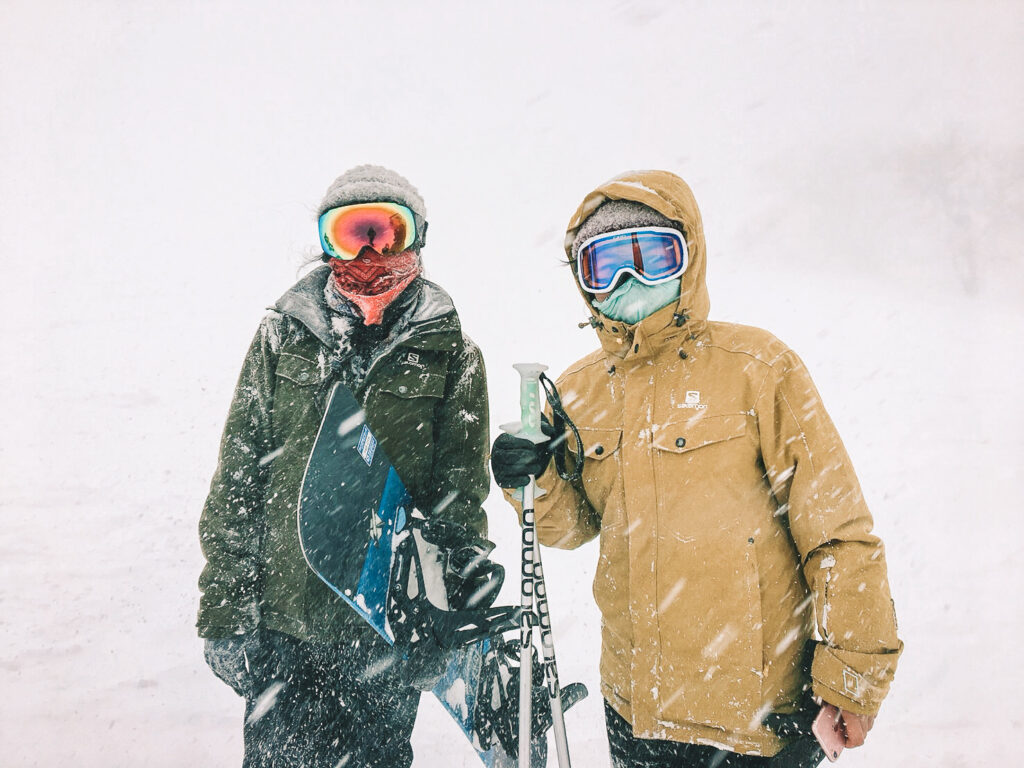
This ski resort is quite popular for Japanese folks and foreigners alike. It’s one of the largest resorts in the area, so if winter sports are your thing, this is a great place to base yourself for a few days to hit the slopes.
Maguse Onsen
In my opinion, Maguse Onsen is one of the best onsens in Japan! This outdoor mixed gender bath, is located high up in the mountains, with exceptional views of the mountain valley below. It’s best enjoyed in wintertime, where you can often enjoy a hot bath while it snows. It’s an unforgettable and relaxing experience.
Entrance fee: 500 yen ($4.85 USD)
Togakushi
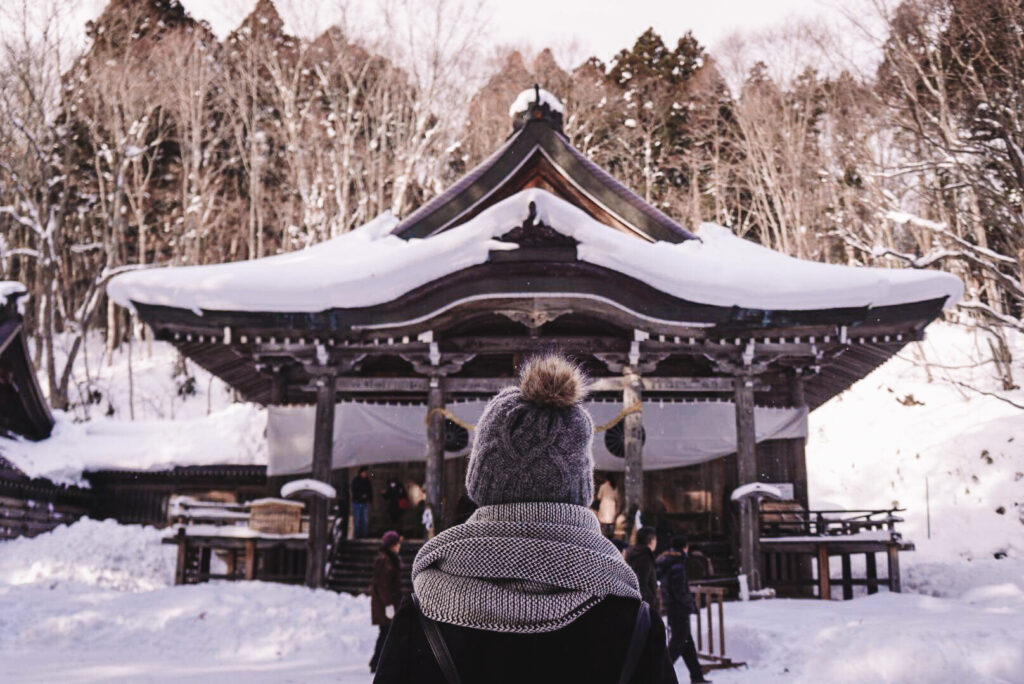
This is somewhat a hidden gem, located nearby in Nagano Prefecture. It’s still less than an hour from Jigokudani, and really worth the trip.
Togakushi is most notable for Togakushi Shrine, an ancient Shinto temple that exists among the towering trees of the forest. However, it is the walk to the temple that makes a visit here truly spectacular, especially in winter.
You will walk a path between some very old and very tall cedar trees. Some of these are among the oldest trees in Japan! To reach the temple, you’ll walk 2 kilometers on the path, all the while passing the other 4 temples, temple gates, and Japanese statues on the way.
And there you have it! Your complete guide on visiting the snow monkeys in Japan. What’s your favorite place in Japan during winter? I’d love to know for my next visit!
 Hokkaido in Summer: Guide to Japan’s Northern Treasure
Hokkaido in Summer: Guide to Japan’s Northern Treasure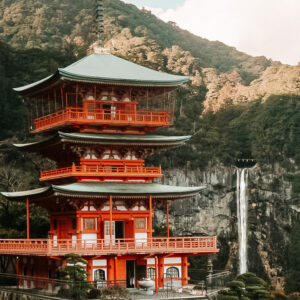 How to Hike Kumano Kodo: Japan’s Ancient Pilgrimage Trail
How to Hike Kumano Kodo: Japan’s Ancient Pilgrimage Trail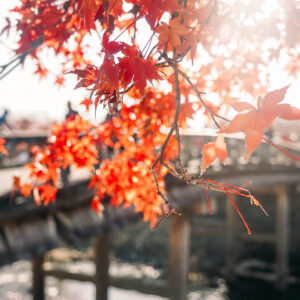 The Best Places in Kansai Japan in Autumn
The Best Places in Kansai Japan in Autumn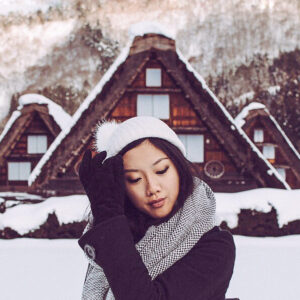 How to Visit Shirakawa-go in Winter
How to Visit Shirakawa-go in Winter

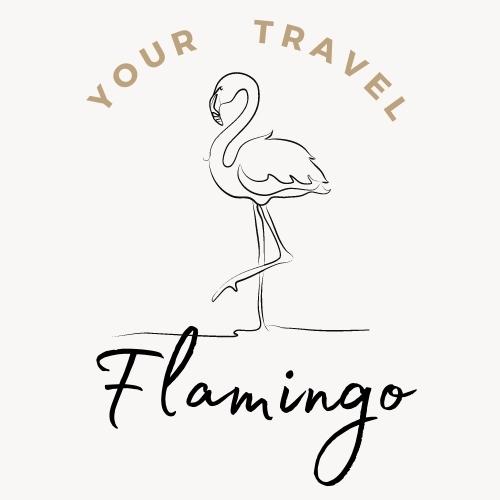
Snow monkeys, an igloo village – wow! Thank you for the amazing tips. I would love to check this out
I hope you do! Japan isn’t what usually comes to mind as a winter destinations but man, is it a great place to be in this season!
Looks like something I might be interested in, as long as they are ethical! Snow monkeys do looks super cute, with thick fur and snow flakes all over them! This is something I have never heard or associated with Japan so far! Something to do some research and put on the bucketlist 🙂
When I went in 2017, I want to say it was perfectly ethical. It was crowded near the hot springs, but people couldn’t disturb the monkeys. They also willingly climb into the hots spring bathes at the ryokan nearby with people so I don’t think they are that off put by our presence. However, the rumors that nowadays they are being baited to climb into the bathes disturbs me a bit. But if you visit in winter, that won’t happen because they will bathe on their own will I believe 🙂
As Molly said, Igloo Village and snow monkeys! Wow!!! Japan is one of those countries that I’ll be visiting just after the end of this Pandemic. So, I won’t fail to add this experience to my itinerary.
Yes!! Japan is one of my top destinations I recommend to almost everyone. They have sooo much to discover you will never be bored.